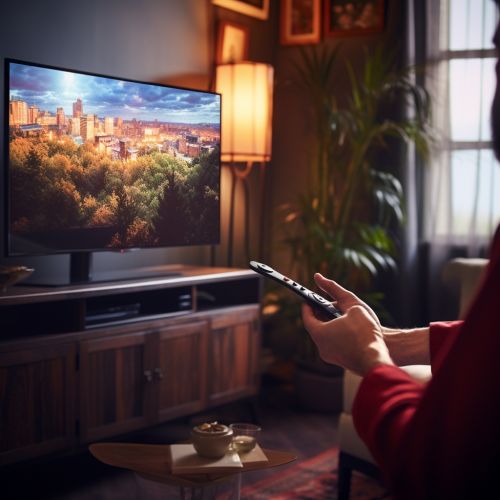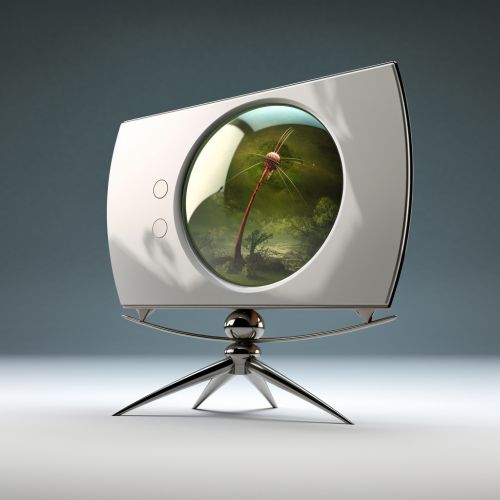Digital Television
Introduction
Digital Television (DTV) is a revolutionary broadcasting technology that has transformed the television viewing experience. DTV enables broadcasters to offer television with better picture and sound quality, and multiple channels of programming. Since June 13, 2009, full-power television stations nationwide have been required to broadcast exclusively in a digital format.
History
The switch from analog to digital broadcast television is known as the Digital Television Transition. In 1996, Congress authorized the distribution of an additional broadcast channel to every full-power TV station so that each station could launch a digital broadcast channel while simultaneously continuing analog broadcasting. Later, Congress set June 12, 2009 as the deadline for full power television stations to stop broadcasting analog signals.


Technical Overview
An important benefit of the switch to all-digital broadcasting is that it freed up parts of the valuable broadcast spectrum for public safety communications (such as police, fire departments, and rescue squads). Also, some of the spectrum can now be auctioned to companies that will be able to provide consumers with more advanced wireless services (such as wireless broadband).
Benefits of Digital Television
DTV is more efficient and flexible than analog. For example, rather than being limited to providing one analog program, a broadcaster is able to offer a super sharp High Definition (HD) broadcast or multiple Standard Definition (SD) programs simultaneously through a process called "multicasting". Multicasting allows broadcast stations to offer several channels of digital programming at the same time, using the same amount of spectrum required for one analog program. So, for example, while a station broadcasting in analog on channel 7 is only able to offer viewers one program, a station broadcasting in digital on channel 7 can offer viewers one program on channel 7-1, a second program on channel 7-2, a third program on channel 7-3, and so on. This means more programming choices for viewers.


Digital Television Formats
Digital broadcasters have the option of broadcasting more than one program in the same 6 MHz channel. For example, a digital broadcaster can provide a super sharp, high definition product on one program, and one or more standard definition programs on other "multicast" programs. The number of programs a station can send depends on the level of detail in the programs. For example, a station sending a high definition movie would not have enough capacity to multicast many other programs at the same time.
Reception of Digital Television
Receiving equipment varies. Some viewers may need to replace old TVs with new digital TVs, or subscribe to a paid service like cable or satellite TV. Some viewers may need to install a new antenna to receive digital broadcasts if they have not subscribed to a pay TV service.


